For All Your Stargazing Pleasures
For all your stargazing pleasures
What’s Up for April 2016?
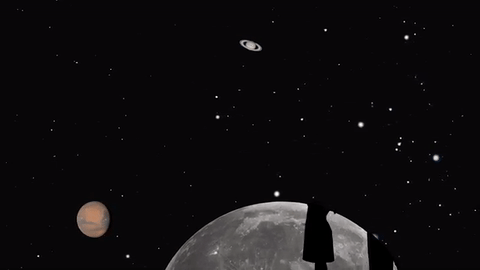
Jupiter, Mars, the Lyrid meteor shower and 2016’s best views of Mercury are all visible in the sky this month.
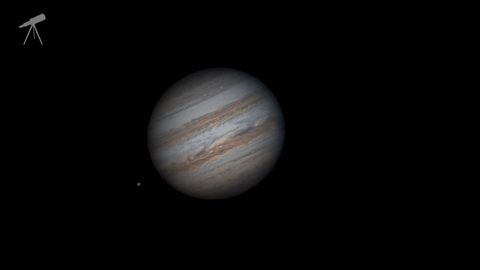
Jupiter, where our Juno mission will begin orbiting on July 4, continues to shine almost as brightly this month as last. And eagle-eyed telescope viewers will see a transit, a shadow transit, an occultation and an eclipse of Jupiter’s moons- all in one night: April 6-7.
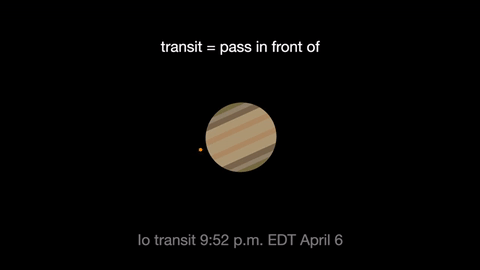
Io transits first, crossing the planet beginning at 9:52 p.m. EDT. It’s shadow can be seen less than an hour later.
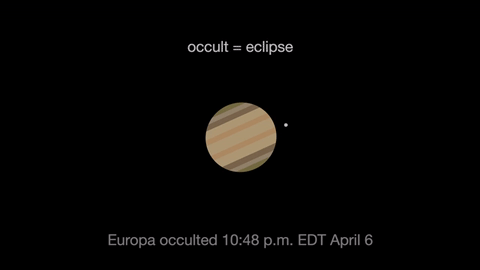
Next Jupiter occults, or eclipses, Europa as Europa slips behind the giant planet at 10:48 p.m. EDT. At 3 a.m. Europa reappears from its eclipse, dramatically leaving the shadow of Jupiter.
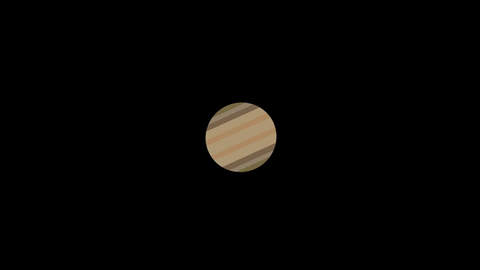
Ganymede transits the planet beginning at 1:01 EDT April 7.
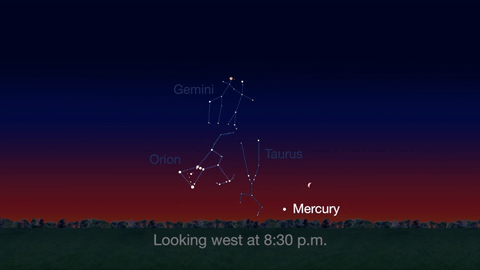
Check out the other planets in April, too! Mercury is always a challenging object to view, but this month you can spot it after sunset about 10 degrees above the horizon. Through a telescope you can see its phase. It will appear like a tiny crescent moon, with about 1/3 of its disk illuminated.
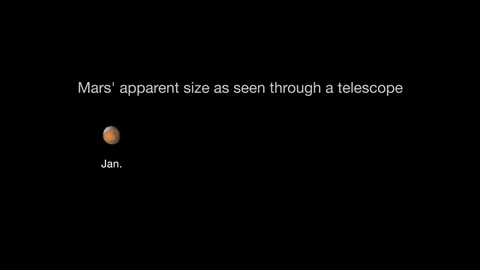
Mars is finally visible before midnight this month. It rises in the southeast at about 10 p.m. by the end of April. The best observing of Mars will be when it is highest in the sky. This means a few hours before dawn. Its brightness and apparent size increase dramatically this month. By month’s end, Mars appears nearly twice as bright as at the beginning of the month.
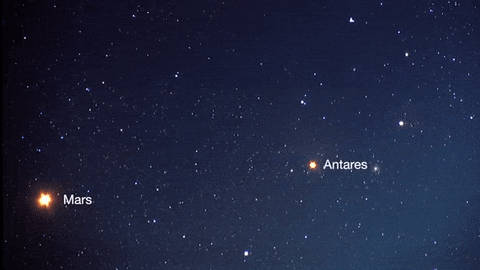
About mid-month you’ll see Mars near its rival in the sky: the similar-colored red supergiant star Antares. The name “Antares” means “equal to or rival of Mars”.
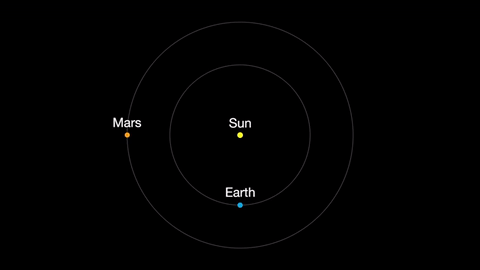
Earth moves almost twice as fast as Mars does, so it often passes Mars in their race around the sun. This causes “retrograde motion”: an illusion we see from our viewpoint on Earth.
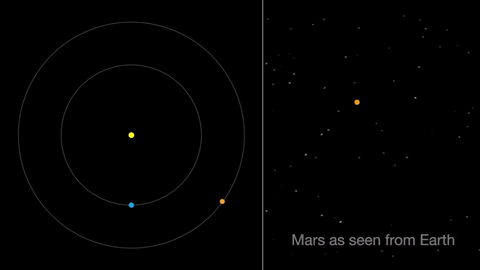
Retrograde motion happens as Earth catches up to Mars, causing Mars to appear slow to slow its eastward motion against the stars. After a few days, when Earth has overtaken Mars, the Red Planet seems to move westward. Eventually, Earth moves far enough around its orbit that Mars appears to be moving eastward again.
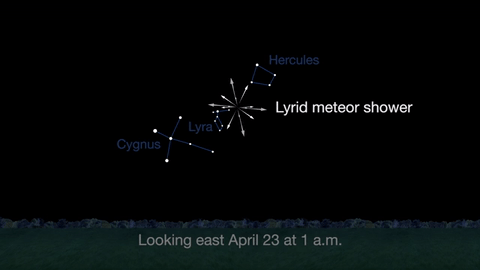
April features one meteor shower, the Lyrids. This year the Lyrids are marred by the full moon. The best time to view will be just before dawn on April 23, when the constellation Lyra is overhead and the moon will be near to setting.
With all of these great things to spot in the sky this month, be sure to get outside and look up!
Make sure to follow us on Tumblr for your regular dose of space: http://nasa.tumblr.com
More Posts from Allisonkitten and Others
Cute ❤

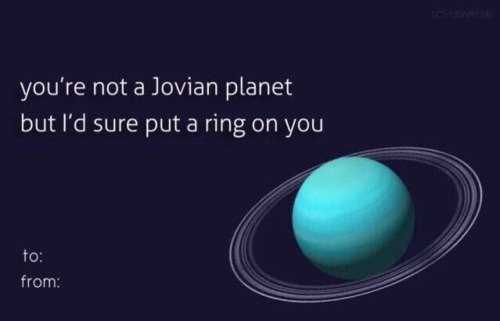
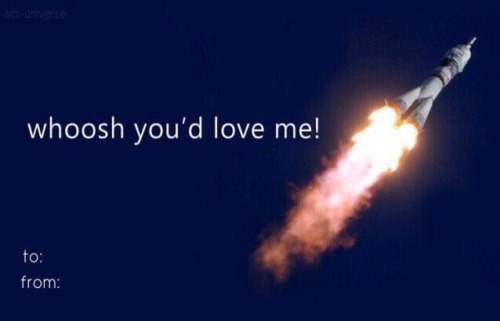
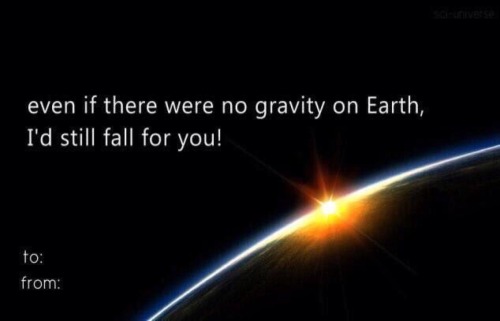
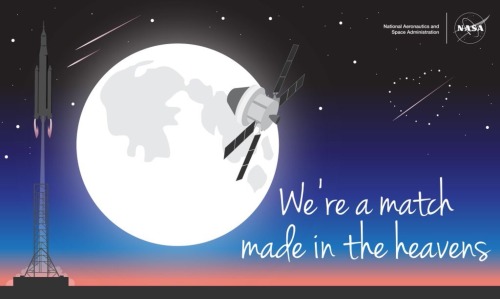
Truth
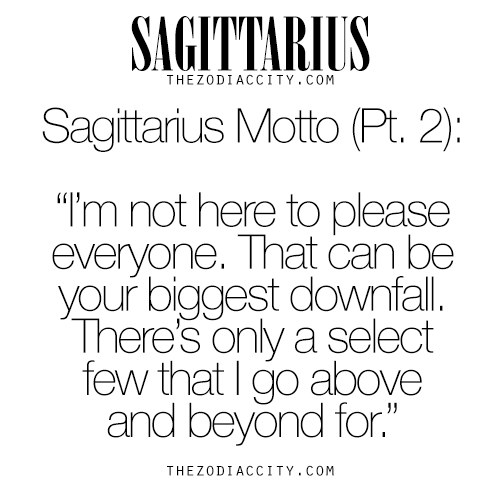

Happy leap day!!!
Leap Day…Why Does It Exist?
Once every four years, an extra calendar day is added: a leap day. But why?
The reason for adding leap days to the calendar is to align the calendar year with the actual year – which is defined by the time it takes Earth to circle the sun. It is equal to 365 days, 5 hours, 48 minutes and 46 seconds, or 365.24219 days.

If all calendar years contained exactly 365 days, they would drift from the actual year by about 1 day every 4 years. Eventually, July would occur during the northern hemisphere winter! Wouldn’t that be weird?
To correct (approximately), we add 1 day every 4 years…resulting in a leap year.
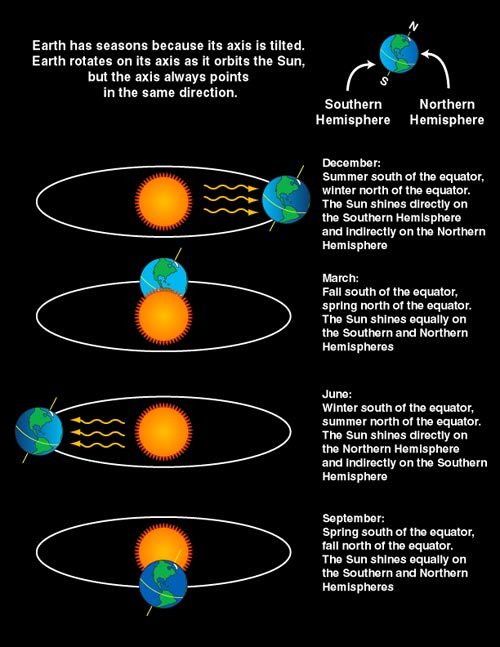
By making most years 365 days but every fourth year 366 days, the calendar year and the actual year remain more nearly in step.
Make sure to follow us on Tumblr for your regular dose of space: http://nasa.tumblr.com

The Shakespearean Moons of Uranus
This weekend marks the 400th anniversary of Shakespeare’s death, and we’re highlighting the moons of Uranus; some of which are named after characters from his works.

While most of the moons orbiting other planets take their names from Greek mythology, Uranus’ moons are unique in bing named for Shakespearean characters, along with a couple of them being named for characters from the works of Alexander Pope.

Using the Hubble Space Telescope and improved ground-based telescopes, astronomers have discovered a total of 27 known moons around Uranus.
Here’s a sampling of some of the unique aspects of the moons:
Miranda

Shakespearean work: The Tempest
Miranda, the innermost and smallest of the five major satellites, has a surface unlike any other moon that’s been seen. It has a giant fault canyon as much as 12 times as deep as the Grand Canyon, terraced layers and surfaces that appear very old, and others that look much younger.
Ariel

Shakespearean work: The Tempest
Ariel has the brightest and possibly the youngest surface among all the moons of Uranus. It has a few large craters and many small ones, indicating that fairly recent low-impact collisions wiped out the large craters that would have been left by much earlier, bigger strikes. Intersecting valleys pitted with craters scars its surface.
Oberon

Shakespearean work: A Midsummer Night’s Dream
Oberon, the outermost of the five major moons, is old, heavily cratered and shows little signs of internal activity. Unidentified dark material appears on the floors of many of its craters.
Cordelia and Ophelia

Shakespearean works: Cordelia - King Lear; Ophelia - Hamlet
Cordelia and Ophelia are shepherd moons that keep Uranus’ thin, outermost “epsilon” ring well defined.
Between them and miranda is a swarm of eight small satellites unlike any other system of planetary moons. This region is so crowded that astronomers don’t yet understand how the little moons have managed to avoid crashing into each other. They may be shepherds for the planet’s 10 narrow rings, and scientists think there must be still more moons, interior to any known, to confine the edges of the inner rings.
Want to learn more about all of Uranus’s moons? Visit: http://solarsystem.nasa.gov/planets/uranus/moons
Check out THIS blog from our Chief Scientist Ellen Stofan, where she reflects on the life and legacy of William Shakespeare on the 400th anniversary of his death on April 23, 1616.
Make sure to follow us on Tumblr for your regular dose of space: http://nasa.tumblr.com

I recently got to view this through my very own telescope, super exciting!!
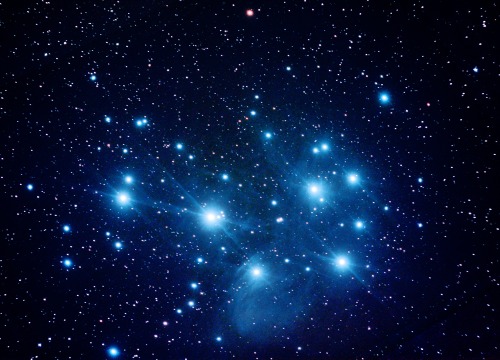
Star cluster, Pleiades.
js

Moon+Saturn
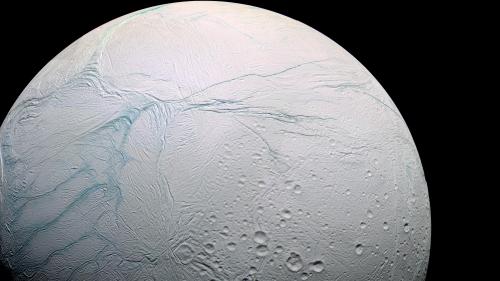
A stunning high res photo of Saturn’s Moon Enceladus
-
 carryonmycobaltangel liked this · 1 year ago
carryonmycobaltangel liked this · 1 year ago -
 pepperface97 reblogged this · 8 years ago
pepperface97 reblogged this · 8 years ago -
 pepperface97 liked this · 8 years ago
pepperface97 liked this · 8 years ago -
 onceagwen liked this · 9 years ago
onceagwen liked this · 9 years ago -
 fridaatzin95 liked this · 9 years ago
fridaatzin95 liked this · 9 years ago -
 jsclark1969-blog liked this · 9 years ago
jsclark1969-blog liked this · 9 years ago -
 addycted liked this · 9 years ago
addycted liked this · 9 years ago -
 safouane-reus liked this · 9 years ago
safouane-reus liked this · 9 years ago -
 doodlenova liked this · 9 years ago
doodlenova liked this · 9 years ago -
 bigbluenasa reblogged this · 9 years ago
bigbluenasa reblogged this · 9 years ago -
 santelmosundowner-blog reblogged this · 9 years ago
santelmosundowner-blog reblogged this · 9 years ago -
 spaceplasma liked this · 9 years ago
spaceplasma liked this · 9 years ago -
 halforcdad liked this · 9 years ago
halforcdad liked this · 9 years ago -
 satousei13 liked this · 9 years ago
satousei13 liked this · 9 years ago -
 samsgroves reblogged this · 9 years ago
samsgroves reblogged this · 9 years ago -
 iamdelph reblogged this · 9 years ago
iamdelph reblogged this · 9 years ago -
 durtschi liked this · 9 years ago
durtschi liked this · 9 years ago -
 smothernights liked this · 9 years ago
smothernights liked this · 9 years ago -
 scullywolf liked this · 9 years ago
scullywolf liked this · 9 years ago -
 dialmformara reblogged this · 9 years ago
dialmformara reblogged this · 9 years ago -
 allegoricalrose liked this · 9 years ago
allegoricalrose liked this · 9 years ago -
 pinchtheprincess liked this · 9 years ago
pinchtheprincess liked this · 9 years ago -
 tripwirealarm reblogged this · 9 years ago
tripwirealarm reblogged this · 9 years ago -
 onceuponaknittery liked this · 9 years ago
onceuponaknittery liked this · 9 years ago -
 mrwyx liked this · 9 years ago
mrwyx liked this · 9 years ago -
 pirateprincessyuki reblogged this · 9 years ago
pirateprincessyuki reblogged this · 9 years ago -
 ghoulish-activist-gay reblogged this · 9 years ago
ghoulish-activist-gay reblogged this · 9 years ago -
 ghoulish-activist-gay liked this · 9 years ago
ghoulish-activist-gay liked this · 9 years ago -
 evanthelynn reblogged this · 9 years ago
evanthelynn reblogged this · 9 years ago -
 pwdmt reblogged this · 9 years ago
pwdmt reblogged this · 9 years ago -
 pwdmt liked this · 9 years ago
pwdmt liked this · 9 years ago -
 prayingforpolya-blog liked this · 9 years ago
prayingforpolya-blog liked this · 9 years ago -
 kushiro-shiina-blog liked this · 9 years ago
kushiro-shiina-blog liked this · 9 years ago -
 sosayset reblogged this · 9 years ago
sosayset reblogged this · 9 years ago -
 fabio-tolio reblogged this · 9 years ago
fabio-tolio reblogged this · 9 years ago
Just a socially awkward college student with an interest in the celestial bodies in our universe.
279 posts